
Pillar content pages are helpful for SEO because they drive more organic traffic, convert existing visitors, improve internal linking, and enhance the user experience.
In this article, I will explain what pillar posts are, suggest the steps to create them, and share some of the best examples of high-performing pillar content pages that you can use as inspiration for your own pillar posts.
What is a Pillar Post?
Pillar posts are long in-depth articles that cover a topic in great detail. These knowledge-based articles are comprehensive, engaging, and valuable.
Since pillar posts tend to be quite lengthy, they contain relevant images or videos throughout the content to keep the reader engaged and on your page.
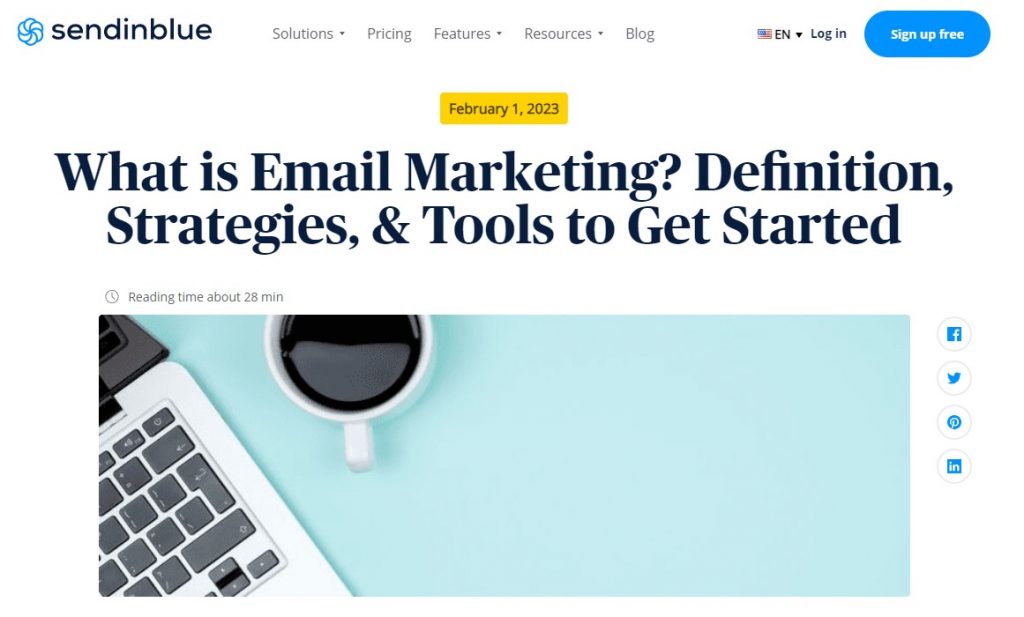
Pillar posts are known as ‘cornerstone content’ or ‘knowledge base’ articles and are optimized to rank well on search engine result pages.
The main objective of pillar posts is to support your marketing efforts and help establish your website authority on topics related to your industry. Pillar posts can also be used to generate leads for your business.
A pillar post has a collection of interlinked pages centered around the main topic of the pillar page. These supporting pages are known as ‘topic clusters’ and have a relatively narrow focus on the related topics.
Advantages of Pillar Posts
Make no mistake, creating pillar posts take a lot of time and research. But they offer several advantages for various aspects of your web presence.
Here are the top benefits of creating pillar posts and pages:
- Helps to create an easy structure for visitors to understand the different topics on your website.
- Allows you to create a roadmap and bind content with relevant hyperlinks to boost link equity.
- Assists your website ranking by identifying and filling content gaps with helpful content.
- Captures subscribers by attracting more viewers through quality content that is easily accessible.
- Helps to acquire more links as people love to link to long-form articles covering a topic in-depth.
- Boosts EEAT (Expertise, Experience, Authority, and Trust) of your domain, a crucial ranking metric used by Google.
Key Features of a Pillar Post
You might be wondering what's the difference between a pillar post and regular content that you publish on a regular basis.
Below are some of the key features of pillar posts that set them apart from other general posts:
- Pillar content gives structure to the website and connects one broad content with other in-depth content clusters.
- They are regularly updated, rewritten, and edited with relevant facts and information.
- They have complete, accurate, optimized, and engaging content targeting high-search volume keywords.
- Pillar posts are much longer and include all the relevant topic clusters that are hyperlinked like the chapters in a book.
- They can take the form of ‘how-to style guides’, ‘listicles’, ‘definitive guides’, and other similar content styles that comprehensively answer a searcher’s questions.
How Long Should a Pillar Post Be?
The longer your pillar content, the better it should perform in the search results. However, there is no fixed rule regarding how long your pillar post should be.
It can start from 2,000 words and go up to as much as 12,000 words or more, depending on the scope of the topic.
Ideally, your pillar posts should be 3,000 words longer or more.
According to Databox, the average pillar post length is between 2,000 - 4,000 words.
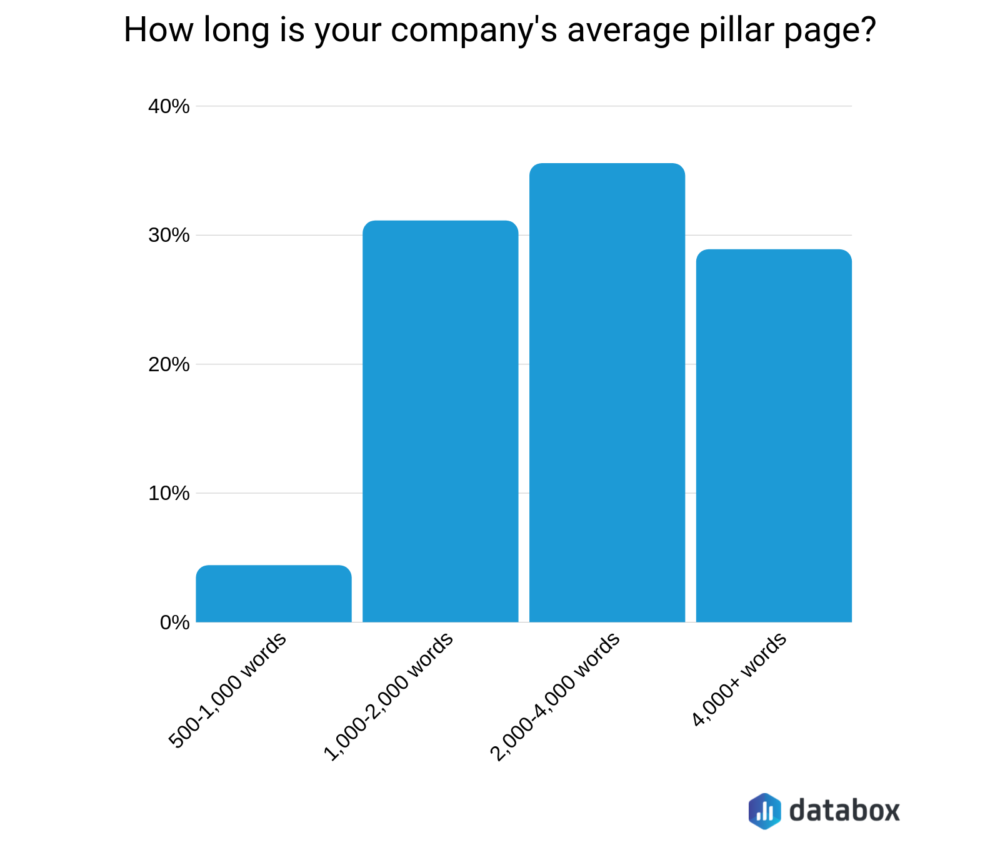
The best way to determine your pillar post length is to perform a competitor analysis on your chosen topic and identify the content length of the pages already ranking in the top three positions in the SERP.
Based on the data, you can create a pillar page with similar or more content than those ranking in the top three places.
How Many Pillar Posts Should You Have on Your Website?
Your website should have a pillar post for every competitive seed keyword. It could include content for your products, different target groups, or distinct terminologies.
You'll also find that many top publications create pillar posts for "money keywords".
For example, Search Engine Journal has created a pillar post targeting the keyword "on-page SEO" and acts as a lead magnet to get email addresses from visitors.
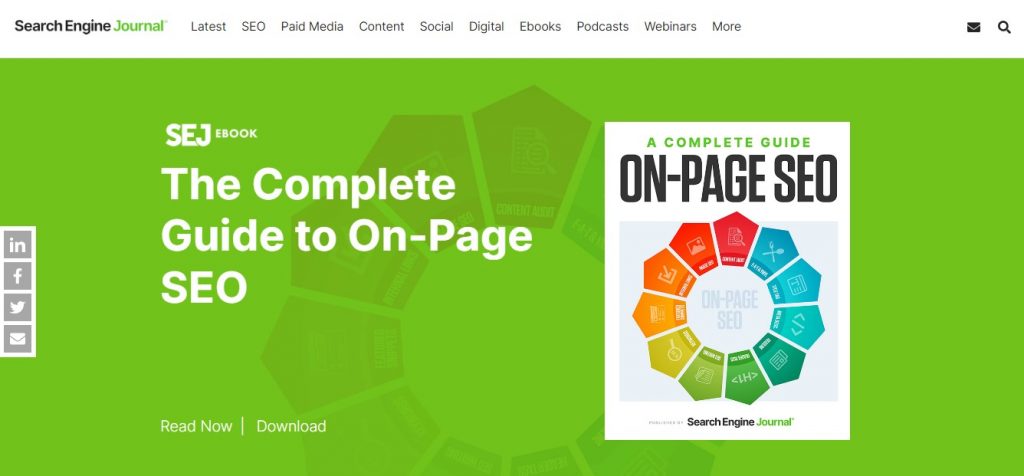
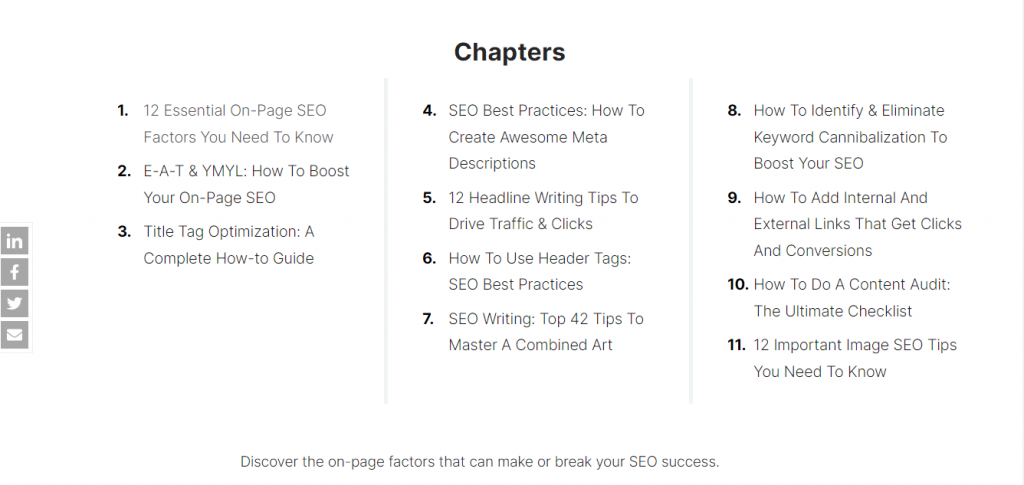
Having at least three sub-pillars associated with each main pillar is one of the best practices for creating pillar pages on your website. There could be even more sub-pillars depending on the depth of your topics. Each sub-pillar must contain a supporting blog post.
For example, if you are targeting the keyword “content marketing” as your pillar page, you can create related cluster pages on the below topics:
- How to Build A Content Marketing Funnel
- What is Content Repurposing?
- Best Content Marketing Examples
- What is User-Generated Content, and How to Use it in Your Content Strategy?
- How to Perform a Content Audit?
- Content Marketing for Startups
- Content Marketing for Lead Generation
How To Create A Pillar Post For Your Website?
Writing a pillar post that stands out can be a challenging task. You should have a unique perspective for your post to stand out.
Here are the steps to create a high-performing pillar post for your website:
Choose the Post Topic
A relevant post topic is essential for creating a successful pillar post. Targeting the right topic is vital for search engine algorithms to work in your favor.
The first step in choosing the post topic is to do some research on the topic that you have in mind. Conduct research about what you are offering, who your buyers are, what questions they might have, etc.
You should focus on both short-tail and long-tail keywords.
For this part, you should definitely make use of a keyword research tool to help you save time and find the best opportunities.
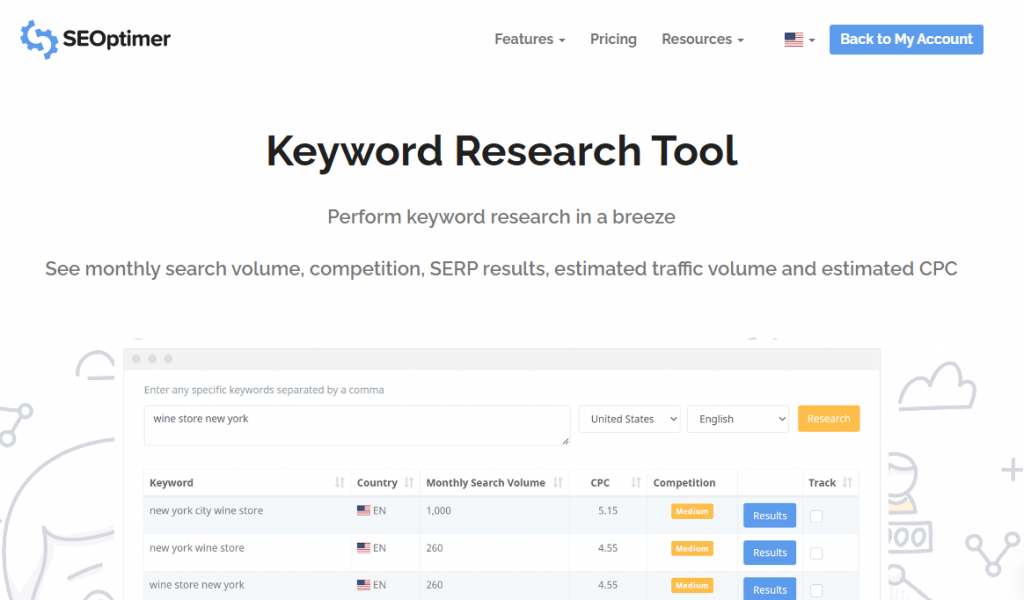
Next, you should check your topic's search results and related queries.
This entails looking at featured snippets, Google's "People also ask" and "People also search for" questions, as well as other similar content already ranking for the topic.
The last step is to run a content audit.
Auditing is a great way to identify related topics and help you sort old content. It will also help you identify pages on your website that you can use as cluster pages.
Develop a Post Outline
Once you have decided on the topic, start with the post outline and create multiple cluster ideas around each topic. Make sure to focus on one topic at a time.
Here are the steps to develop a post outline for your pillar content:
-
- Jot down ideas: Brainstorm and prepare a list of all the points that should be covered under the main topic.
- Sort your ideas into subheadings: Sort your ideas to create different sections and adjust them under three to four subheadings.
- Prepare a title: Now that you have all the points in line, you can write a post title that accurately describes what you'll be discussing in the pillar post.
- Include stats: Prepare a list of stats and examples to be used throughout the content under different subheadings.
Write the Pillar Post
Once you finish the outline, writing the actual content and all the finer details for each section will be easy.
Here are a few tips for creating your pillar post content:
- Your content should be comprehensive and must cover each topic in-depth. It must provide unique value and address the search query of your readers.
- Identify opportunities to add graphics and visuals to make it more engaging.
- Answer the questions of your readers by adding FAQs.
- Make sure you use proper formatting and that your content flows smoothly from section to section. Explain each section sufficiently and break it down into more straightforward concepts.
- Use actionable text prompts to encourage your audience to click the link and take desired actions.
Optimize the Pillar Post for SEO
The goal of creating SEO pillar content is to create helpful content that is easy to read so that you receive maximum engagement on your articles.
Here are the best ways to optimize your pillar page:
- Create SEO-friendly URL: Choose a URL structure that matches your primary topic. Keep the URL short and use hyphens to separate the words. For example, for a page on Instagram marketing strategy, the URL should be ‘instagram-marketing’ and not ‘instagram_marketing_strategy’ or ‘instagrammarketing’. The URL should hint to the users about the content.
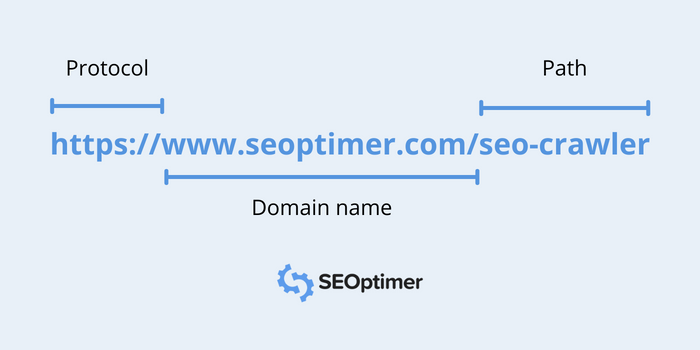
- Include keywords in important sections: Analyze your market for competitive search terms. Include targeted keywords throughout your content, including the heading, title, and meta descriptions. Your pillar post should have a high search volume for the main topic. Similarly, your cluster topics should be more specific and have long keyword phrases. Take care of your on-page SEO and include the targeted keyword throughout your content.
- Build your content structure: Create a clear page structure format once you have topics and keywords. H1 should be used for the primary heading, followed by H2 for subheadings, and H3 for headings under subheadings.
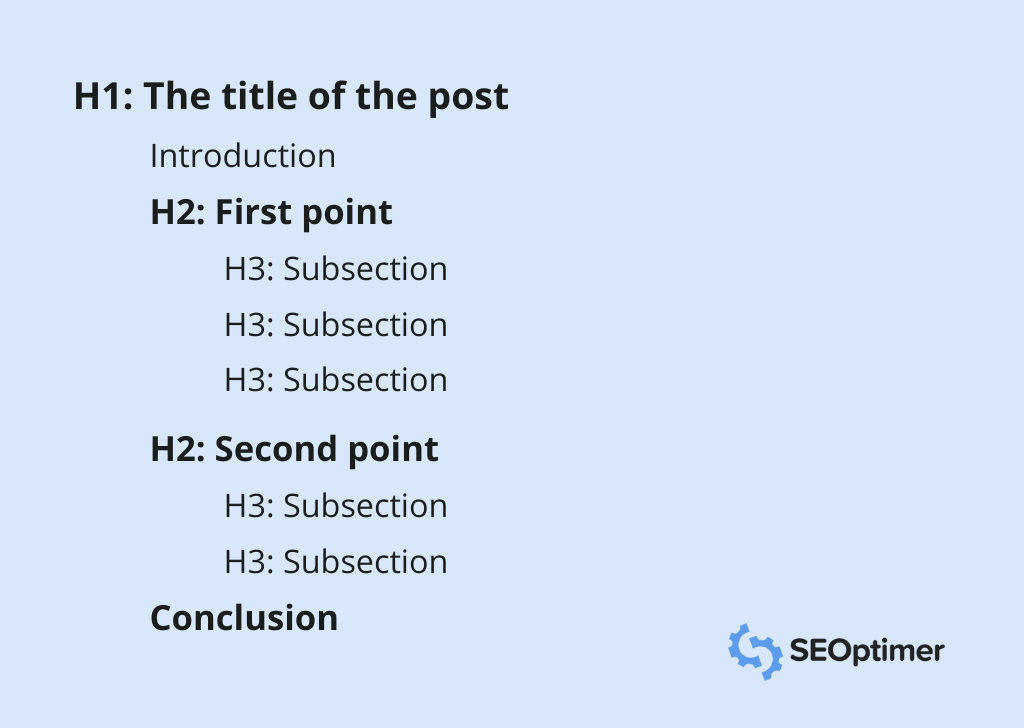
- Add alt tags: Create relevant alt text for all the images used in your article, as this helps search engines understand the contents of the image. You can use semantically relevant words as alt text to further increase the relevancy of your pillar post in accordance with your target keyword.
- Add an executive summary: Create an executive summary or a table of contents at the top of the pillar post to highlight all the important points discussed in this article. It provides users and search engines with a summary of the post.
- Create backlinks: You should give an initial boost to your pillar content to help it rank. Backlinks are the best way to increase the authority of your pillar page. Acquire some high-quality links for the page from relevant and unique domains.
Ensure You Add Internal Links
With every cluster topic, create a backlink to the core topic of your website.
Here is an example of Diet Doctor using internal links for their keto diet for beginners page. It takes readers to other related pages on their website to learn more about the topic.
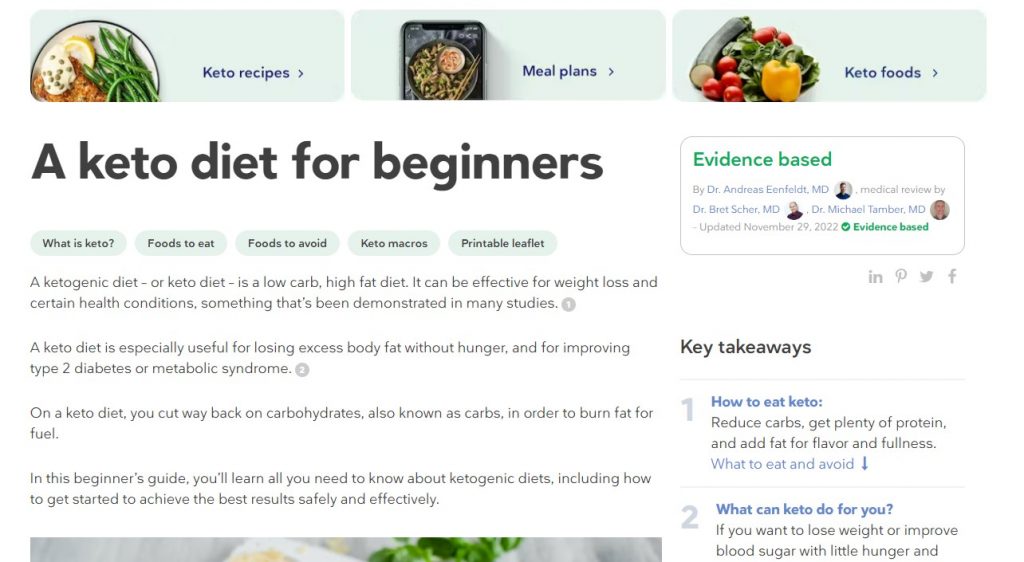
There is also specific descriptive linking under some of their pointers for more information.
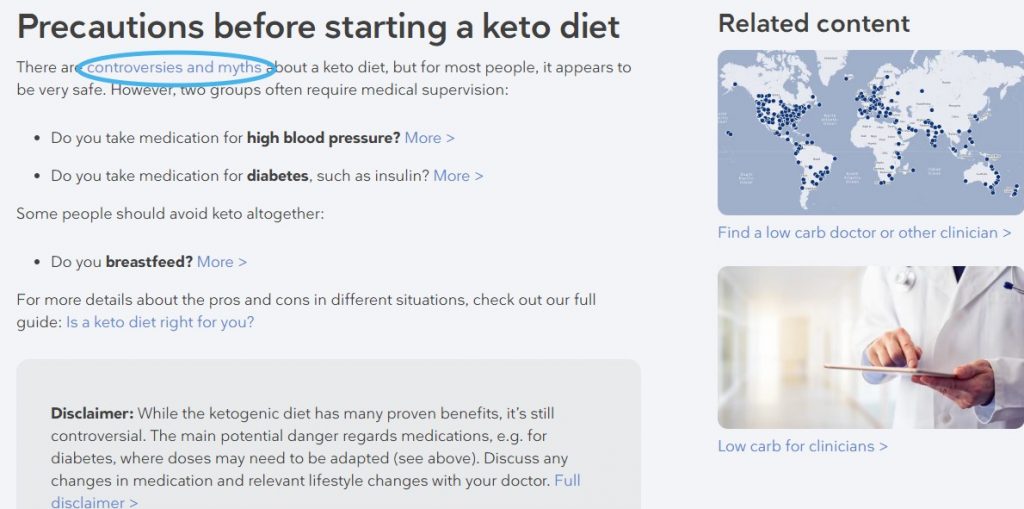
Continually Update your Pillar Posts with New Information
Your pillar post needs continuous updating. Reviewing its relevance and validating it with updates builds trust.
You should keep the last edited date to a maximum of a couple of months ago. Refresh your research and check for factual updates.
Review its overall quality and comments to get ideas to add to your content. Look for ways to improve readability and accessibility and update its last edited date too!
Here is an example by Similar Web Blog about Amazon SEO. It is updated every year with relevant facts.

The above image shows the last updated date of the content - March 26, 2023.
Examples of Pillar Posts
Here are some great examples that can serve as inspiration for your next pillar post:
The Future of Content Strategy - HubSpot

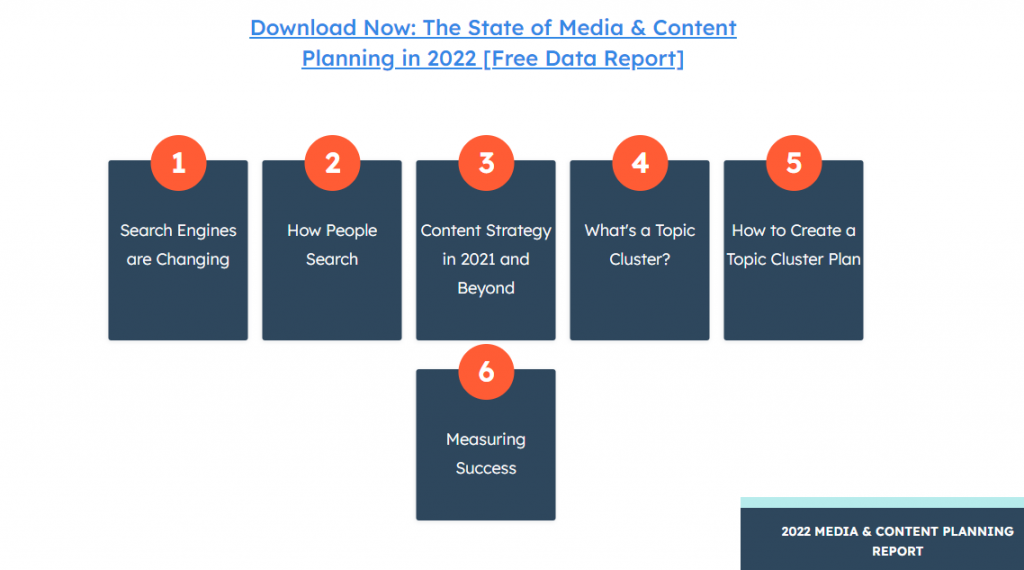
Key Takeaways:
- The content is comprehensive - more than 3,800 words long.
- A progress bar is visible for each segment of the content to improve readability and accessibility.
- It includes a PDF download as a CTA for the pillar content, which helps to gain subscribers and leads.
- There is a use of visuals for easy reading.
- It has videos and examples for a better understanding of the topic.
- It has contextual links evenly scattered throughout the content for the passing of link equity.
Customer Success - Typeform

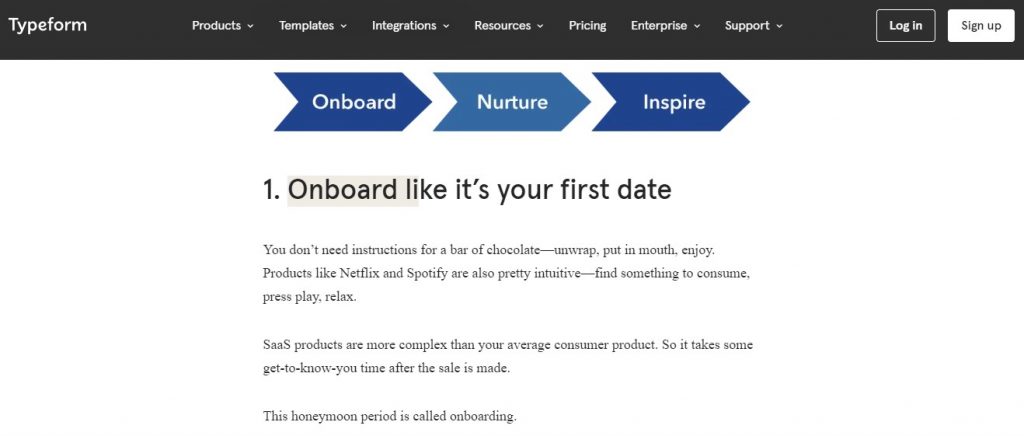
Key Takeaways:
- The content is in-depth - more than 13,000 words long.
- Typeform displays the estimated reading time of the article for readers to know the depth of the article.
- The page uses colors to break down different segments and highlight the critical components.
- It uses relevant feedback forms as CTAs to engage the users and to acquire feedback from them.
- It uses graphs and tables to help the readers understand difficult concepts in an easier manner.
- It has relevant internal links pointing to different pages on the site to boost the overall SEO score of the site.
Population Healthier - The Atlantic

Key Takeaways:
- The content is long-form - more than 4,000 words long.
- This pillar post is animated and visually engaging.
- It makes use of downloadable content guides to acquire more customers.
- There are breaks in the content with links to jump to relevant content to improve accessibility.
- It has relevant links to navigate the pillar page's specific cluster pages (chapters).
- It has a social sharing button for easier shareability of the content on social media platforms.
The Anatomy of a SaaS Marketing Site - Profitwell
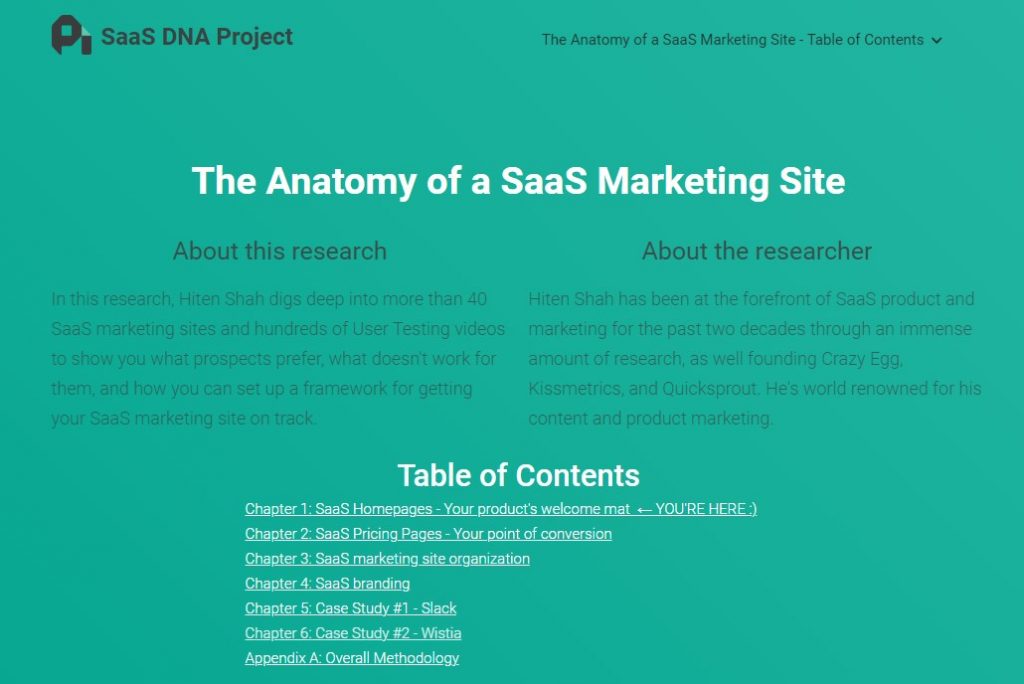
Key Takeaways:
- The content is in-depth - more than 4,000 words long.
- It includes a call to action within each chapter and links to navigate to the next chapter.
- There is an example after each point, along with ‘Quotes from the responses’, making the content easier to read, unique, and more helpful.
- It also uses a sticky CTA in the right sidebar, which remains visible in the same position even when the reader scrolls down.
How to Create a Content Style Guide - Impactplus
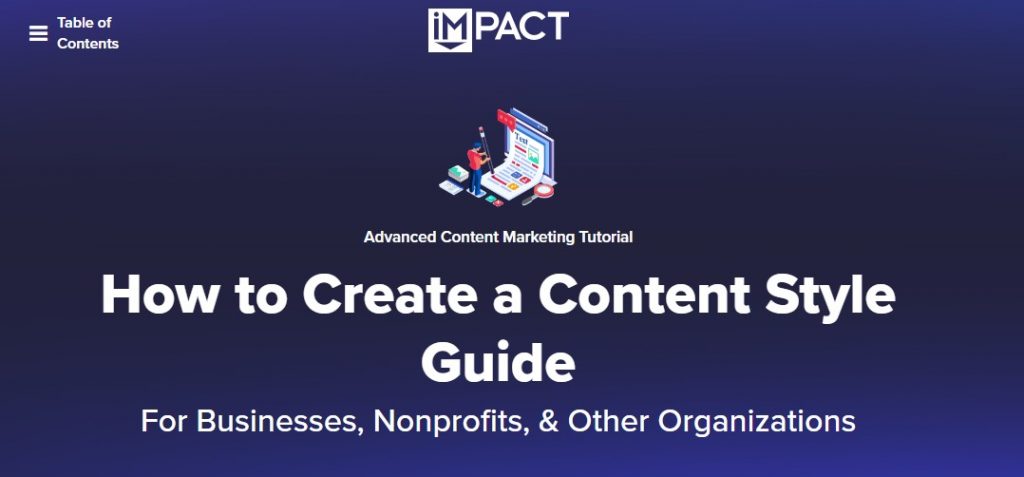

Key Takeaways:
- The content is comprehensive - more than 9,000 words long.
- It uses downloadable content guides as CTAs to acquire more customers.
- It has an executive summary at the top, having sections like ‘What you will learn’ and ‘Who is this guide for’.
- The table of contents has links to navigate to the pillar post's specific topic clusters (chapters).
- There are breaks in the content with links to jump to relevant content to improve accessibility.
- The page has visuals and internal links for improved readability.
Conclusion
Pillar posts should be a part of every SEO strategy because it drastically improves the quality and quantity of organic traffic to your website.
Apply these best practices for creating pillar pages to create your long-form pillar content in order to boost your SEO rankings. Remember, each pillar post has uniqueness; you should find your own.
Get started with yours to rank better in the search results!










